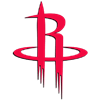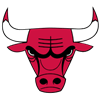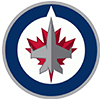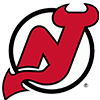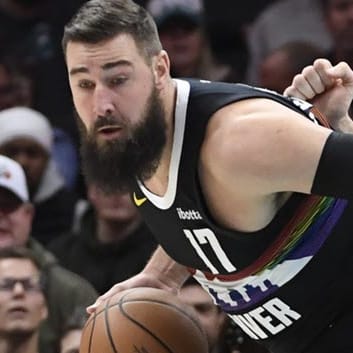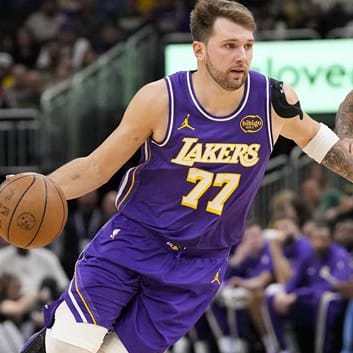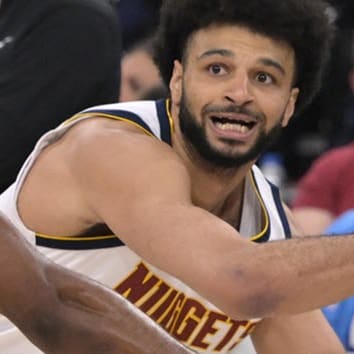Analyzing and targeting potential sleepers is a crucial part of any draft. But all sleepers come with inherent risks. So, if one or more of your late-round picks aren't showing promise within the first couple weeks of the season, how do you know when to cut bait? You don't want to drop that player after a handful of bad performances only to see them thrive after someone picks them up off the waiver wire. Here are some indicators you should use to help you make an informed decision.
League Size
The smaller the league, the quicker your trigger can be. If you're in a 10-team format, the waiver wire will be full of appealing options every week -- at least to stream. Your entire bench may be swappable throughout the season, especially if you're chasing four-game weeks or are in a daily moves format. If you feel a player no longer has top-80 upside, dropping them won't destroy your chances.
However, in a 14-team league, players with meaningful upside are few and far between. It makes sense to stay close to the vest with potential value. If you can still envision a scenario where your sleeper has top-120 upside, it might be worth seeing how things play out for another couple of weeks. But make sure to consider more of the factors listed below.
Who else is on your team?
If you already have three excellent point guard options, you shouldn't be as concerned about dropping your underperforming point guard
Analyzing and targeting potential sleepers is a crucial part of any draft. But all sleepers come with inherent risks. So, if one or more of your late-round picks aren't showing promise within the first couple weeks of the season, how do you know when to cut bait? You don't want to drop that player after a handful of bad performances only to see them thrive after someone picks them up off the waiver wire. Here are some indicators you should use to help you make an informed decision.
League Size
The smaller the league, the quicker your trigger can be. If you're in a 10-team format, the waiver wire will be full of appealing options every week -- at least to stream. Your entire bench may be swappable throughout the season, especially if you're chasing four-game weeks or are in a daily moves format. If you feel a player no longer has top-80 upside, dropping them won't destroy your chances.
However, in a 14-team league, players with meaningful upside are few and far between. It makes sense to stay close to the vest with potential value. If you can still envision a scenario where your sleeper has top-120 upside, it might be worth seeing how things play out for another couple of weeks. But make sure to consider more of the factors listed below.
Who else is on your team?
If you already have three excellent point guard options, you shouldn't be as concerned about dropping your underperforming point guard sleeper. The chances of you utilizing that sleeper throughout the season are fairly slim, especially if you weigh that against the option of picking up someone off the waiver wire from one of your weaker positions. Getting good positional balance is especially valuable in points leagues.
Similarly, if you're playing in a head-to-head category league, you can be quicker to drop players who don't directly fit your build. If you're going for a big-man team focused on rebounds, blocks and FG%, you can feel more confident dropping a shooting guard that isn't working out. Remember, you're only trying to win 5 of the nine categories.
Minutes
Minutes indicate trust from the head coach or how much the front office wants to feature a player it acquired. Either way, if you were hoping for your sleeper to see 28 minutes per game, but they're seeing 21 minutes through two weeks, you have a clear problem. But before panic-dropping Player X due to low minutes, check the game scripts. If you're taking a chance on a bench player, and the team's games have been tight, the starters probably got more run than expected. More decisive games could lead to increased minutes.
Consistent minutes are also a positive indicator. If a player sees 21-24 minutes every night, that's a better indicator of future upscaling than someone fluctuating between 16-27 minutes. The variance often indicates a lack of trust from the coach.
Usage and Shooting
Separating these two indicators might be redundant, as shot attempts and free-throw attempts are two of the three pillars of usage -- the other being turnovers.
Every player goes through poor shooting stretches. So if your sleeper shoots 35 FG% and 32 3P% for 13.1 PPG through two weeks, they'll probably trend positively sooner than later. The attempts are essential; is the player a meaningful part of the offense? Some examples from last season:
- Josh Giddey's first 8 games: 13.5 PPG on 42/29/50 shooting with 24.4 USG%
- Finished season: 16.6 PPG on 48/33/73 with 24.7 USG%
- Franz Wagner's first 8 games: 15.8 PPG on 43/19/85 shooting with 24.0 USG%
- Finished season: 18.6 PPG on 49/36/84 with 23.6 USG%
- Immanuel Quickley's first 8 games: 8.4 PPG on 35/30/77 shooting with 19.6 USG%
- Finished season: 14.9 PPG on 45/37/82 with 21.1 USG%
If these sorts of extended cold streaks can happen to players as talented as the ones above, it can happen to the sleeper you drafted 130th overall. But notice the stickiness of the three players' usage rates. There's no hard and fast rule regarding what usage level constitutes holding a player, but 20 USG% is generally a good indicator of trust from the coaching staff and an ability to scale up playmaking when needed.
Bad Luck and Advanced Stats
Like shooting and usage, bad luck and advanced stats often go hand-in-hand. Advanced numbers can help you sort out bad luck from bad performance. Some noteworthy stats include:
- Potential Assists
- Helps determine if a player's low assist numbers are a result of teammates missing shots
- Deflections
- Helps determine if an active-hands defender is having the ball deflected back to the offense
- Contested Two-Point Shots
- Contesting two-pointers and blocked shots go hand-in-hand, but sometimes the other team just makes tough looks
- Open and Wide Open Threes
- Is the player getting great looks but just missing?
- Rebound Chances
- Is the player consistently in good rebounding position?
After a month or so, sample size increases, and luck changes. But very early in the season, these stats can be beneficial.
Schedule
Check to see if your sleeper's schedule was challenging. Have they faced great defensive teams? How many road games were there? Any back-to-backs? All of these factors can affect player performance, especially shooting percentages and turnovers -- not to mention minutes if the games end up being blowouts.















